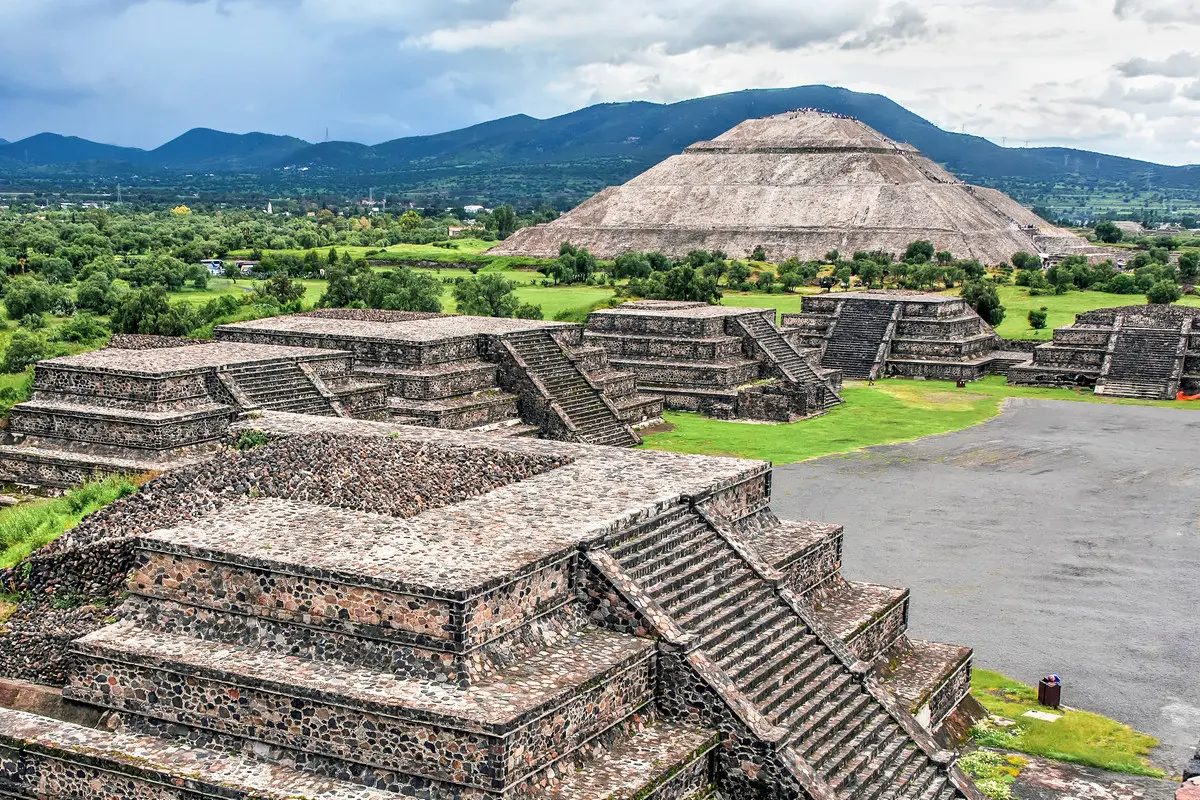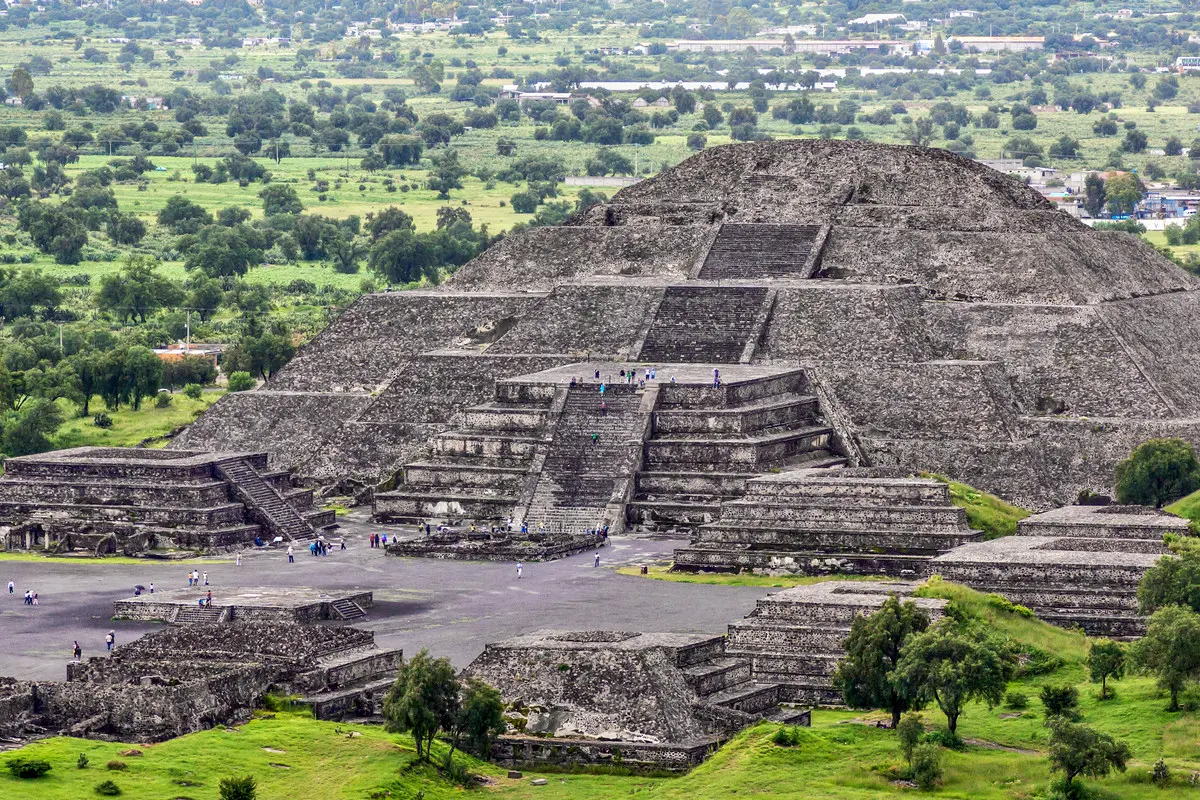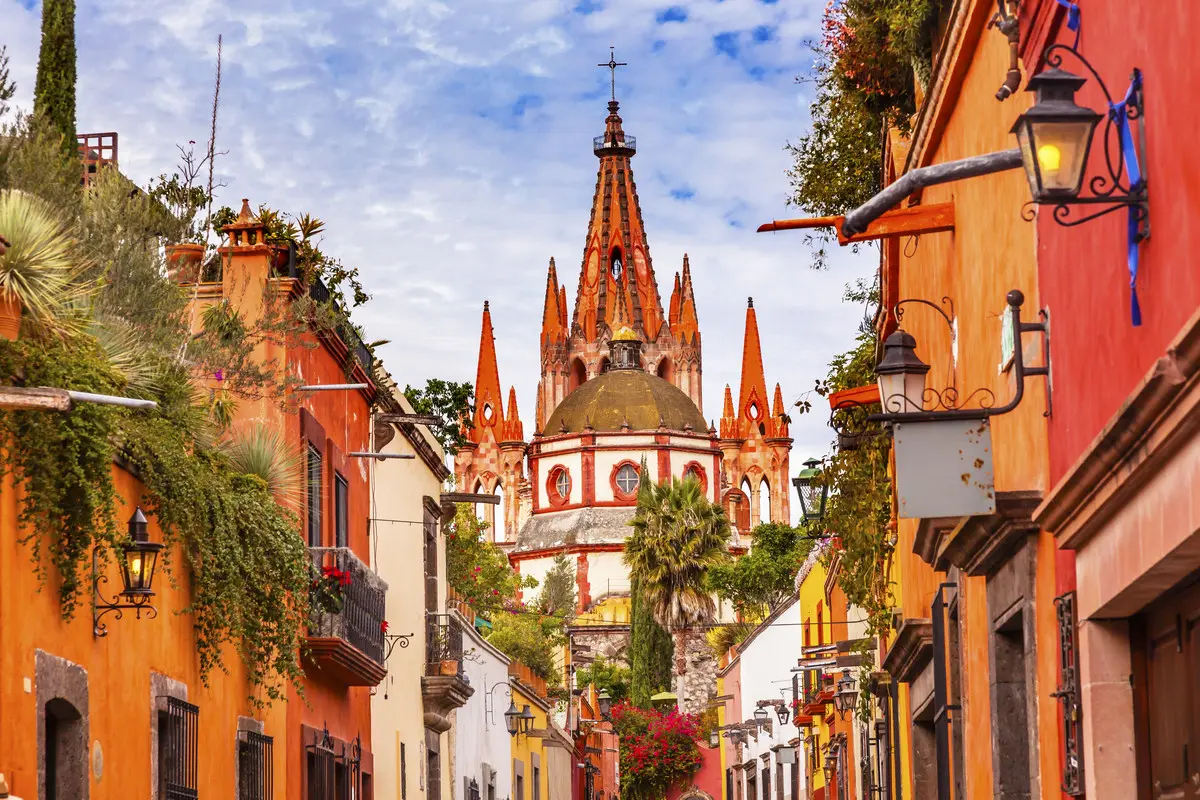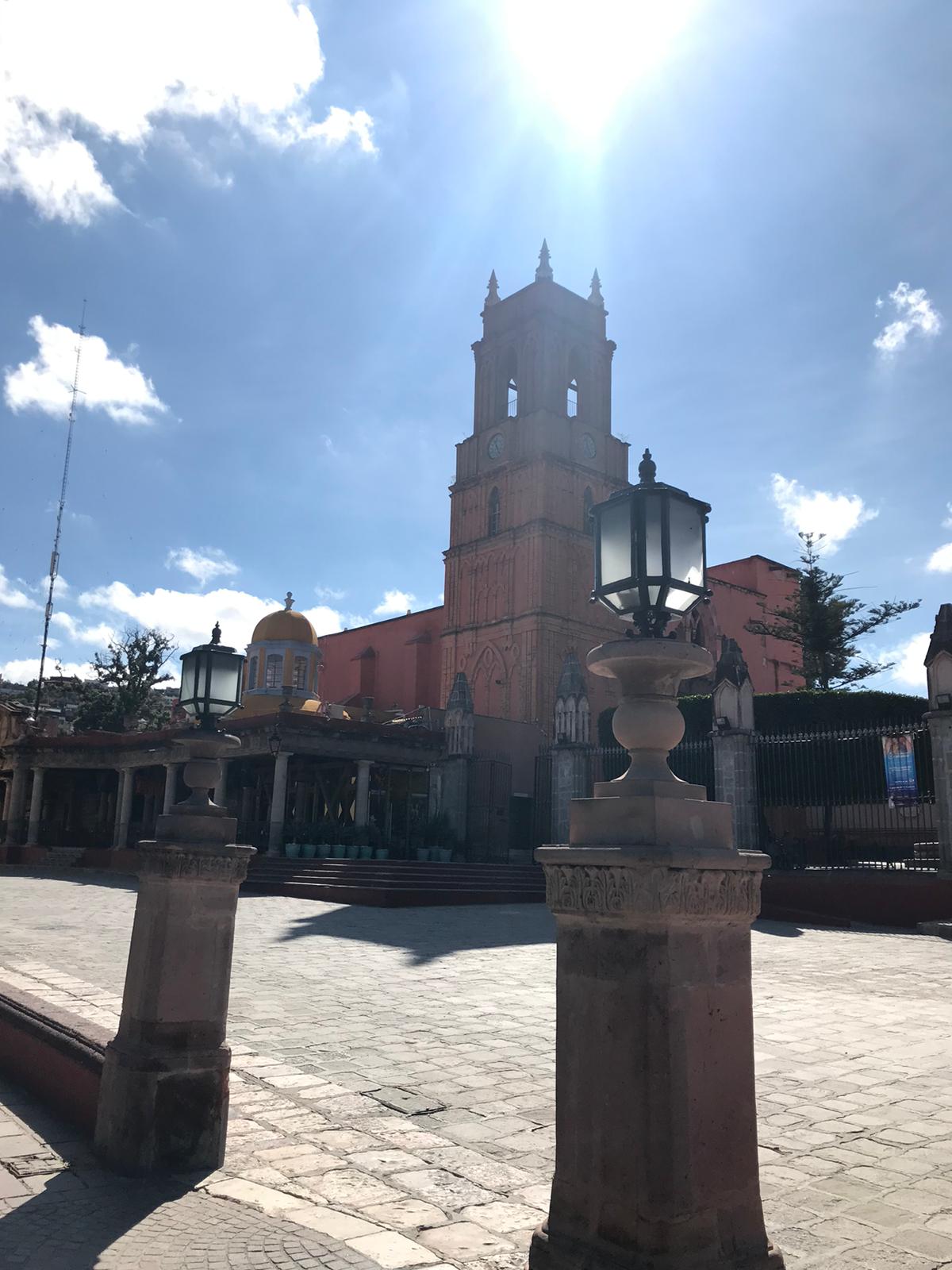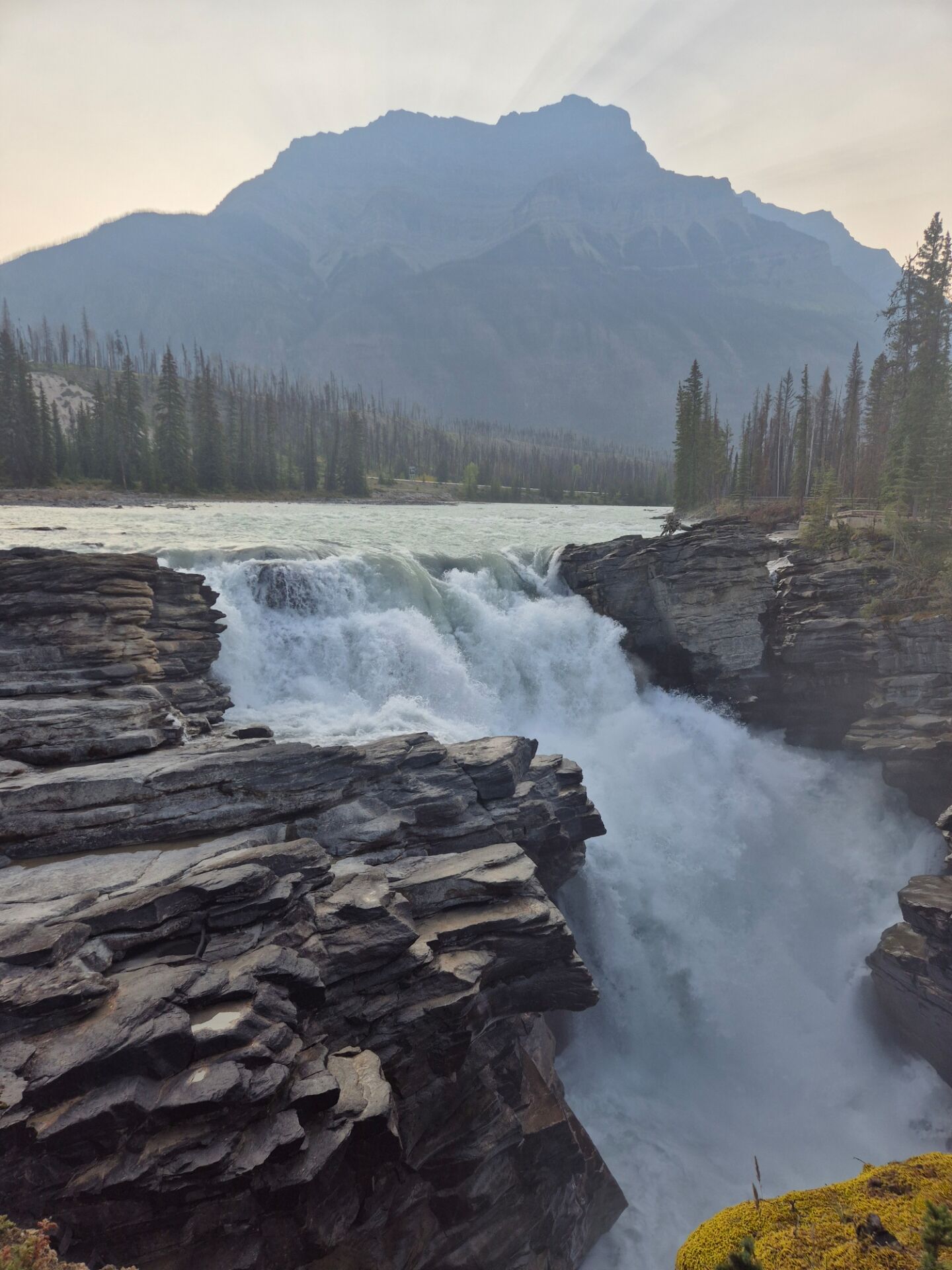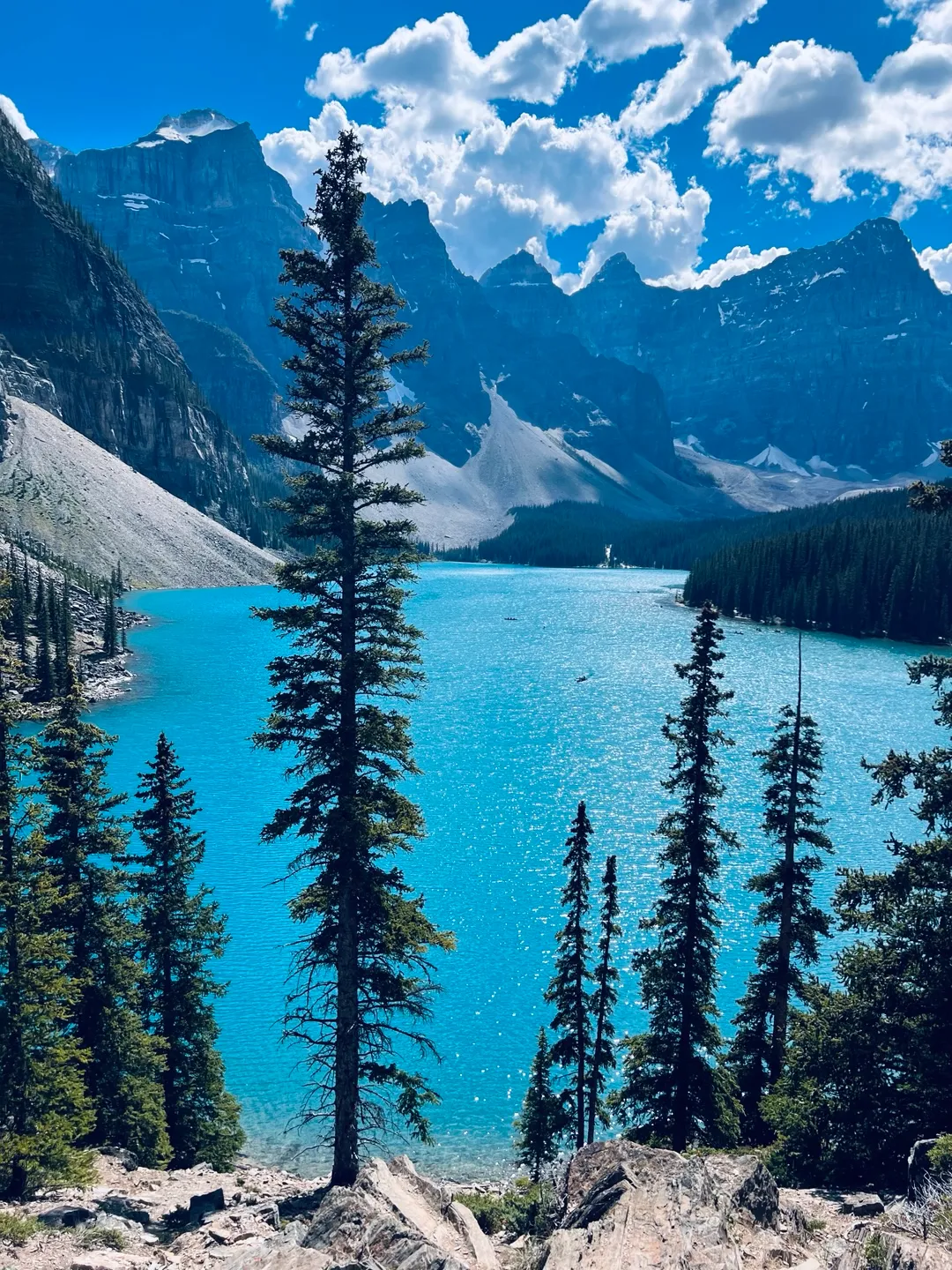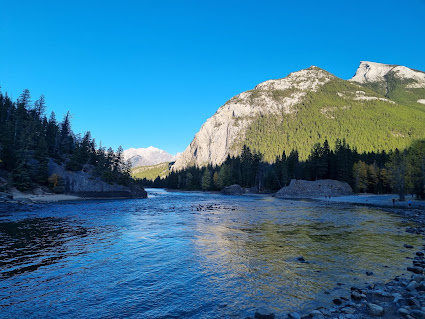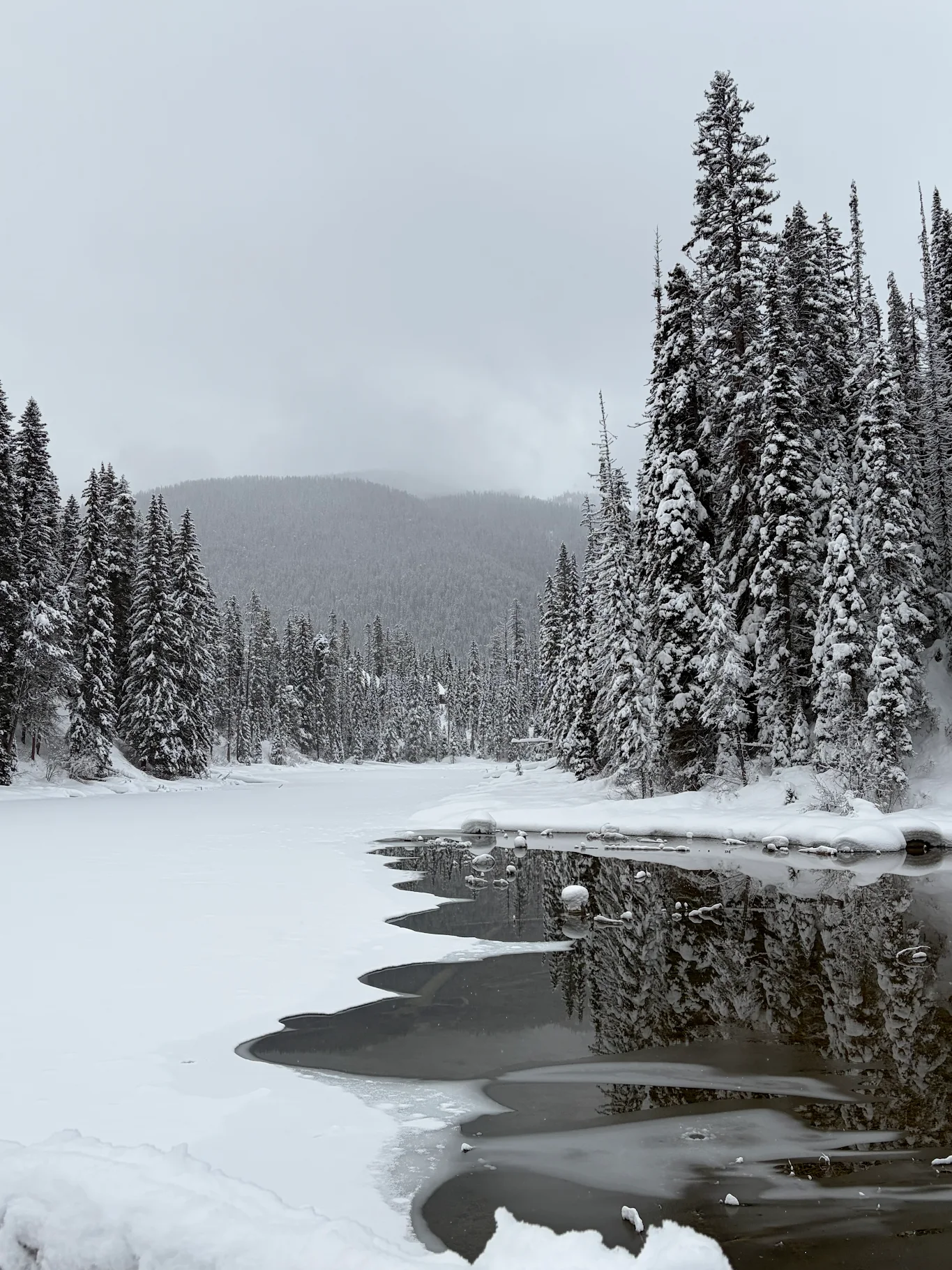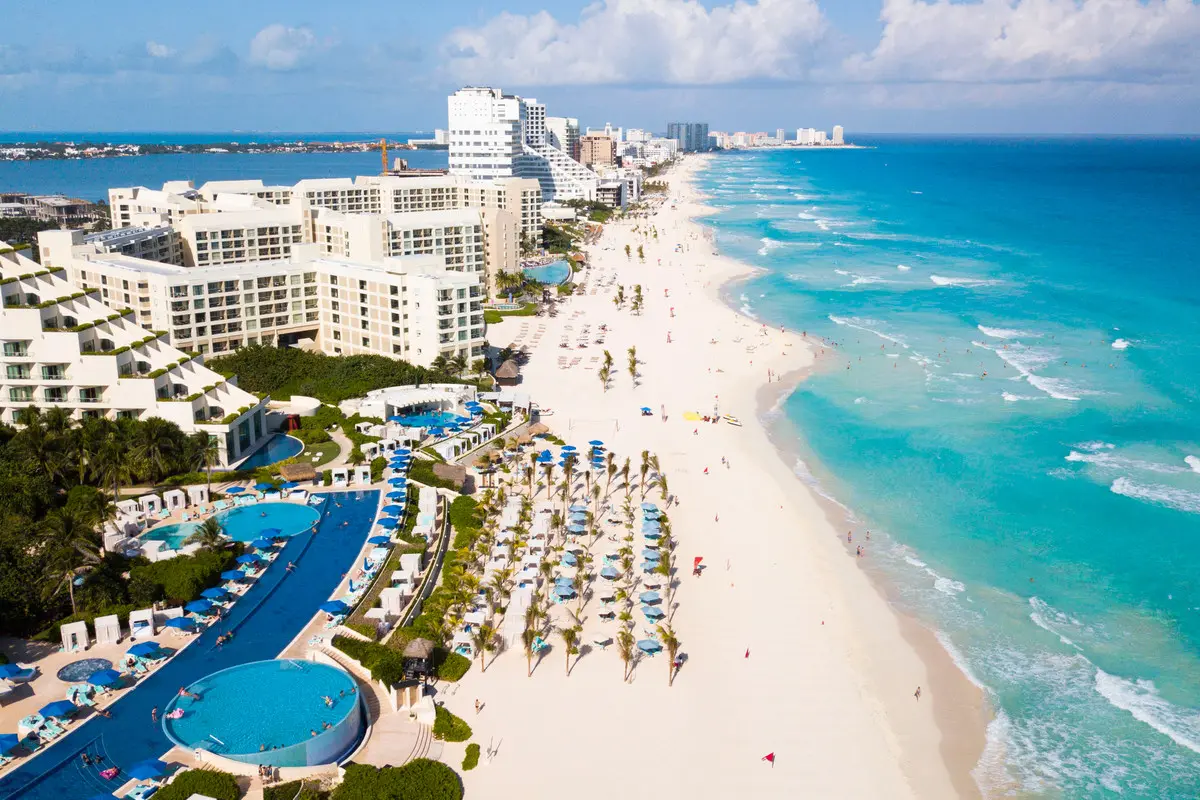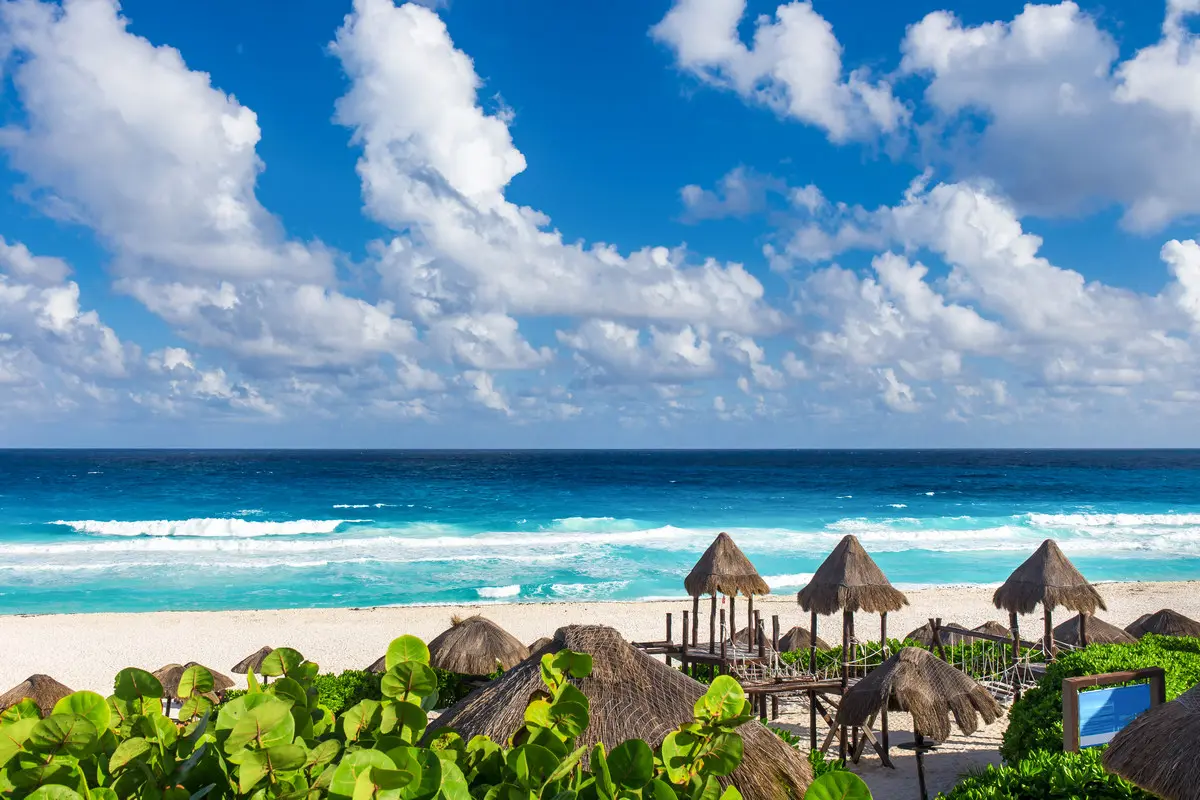Mexico airport
In Mexico City, ancient ruins such as Teotihuacan and the Aztec civilization, Spanish colonial architecture, and modern architecture stand in harmony. Recognized for its historical and cultural value centered on ancient ruins and ancient buildings, it was designated as a UNESCO World Heritage Site under the name 'Mexico City Historic District' in 1987. In addition to these historical relics, Mexico City is adjacent to volcanoes such as Mount Popocatepetl (5,451m) and Mount Istacihuatl (5,286m) to the southeast, Mount Toluca (4,577m) to the west, and Lake Tescoco to the east. It boasts a naturally blessed environment.
As one of the world's three largest museums, two of the three major civilizations of the Americas - the Aztec, Mayan, and Inca - are Mexican civilizations, and the two civilizations are well displayed according to the times and regional trends, allowing visitors to learn about Mexico's history in a short period of time. Can learn and understand.
The Pyramid of the Sun, the largest building in the Teotihuacan civilization and the third largest in the world, the Pyramid of the Moon, where large religious ceremonies were performed, the Avenue of the Dead, the Temple of the Jaguar, and the Quetzalcoate, which symbolizes the god of water and agriculture, etc. Watching the
Around 300 BC, 200,000 people gathered to build a pyramid altar and live there. This became the first civilization and the first pyramid in the Americas. It can be broadly divided into three parts: the Temple of the Sun, the Temple of the Moon, and the Temple of Agriculture. The Temple of the Sun, the world's third-largest single pyramid, is currently four times larger than Yeouido, although only one-tenth of its total area has been excavated. The four-story Temple of the Moon is located in a higher area than the Temple of the Sun, providing a great view of Teotihuacan.
San Miguel de Allende, a colonial-era city in Mexico’s central highlands, is known for its baroque Spanish architecture, thriving arts scene and cultural festivals. In the city’s historic, cobblestoned center lies the neo-Gothic church Parroquia de San Miguel Arcángel, whose dramatic pink towers rise above the main plaza, El Jardín. The Templo de San Francisco church nearby has an 18th-century churrigueresque facade.
San Miguel de Allende, a colonial-era city in Mexico’s central highlands, is known for its baroque Spanish architecture, thriving arts scene and cultural festivals. In the city’s historic, cobblestoned center lies the neo-Gothic church Parroquia de San Miguel Arcángel, whose dramatic pink towers rise above the main plaza, El Jardín. The Templo de San Francisco church nearby has an 18th-century churrigueresque facade.
This city, located in the northern center of Mexico, is where the Cervantes Festival, one of the world's comprehensive art festivals, is held every year. It is a place where cultural and artistic street performances are frequent and is visited by many young tourists and artists. This place, which preserves the appearance of a 16th-century medieval city, is well known as a UNESCO World Heritage city, and offers a variety of things to see with interesting statues and cute buildings scattered throughout the streets.
[Optional] Guanajuato Night Tour US$40/person (approximately 2 hours / 1 drink provided / Mariachi)
This city, located in the northern center of Mexico, is where the Cervantes Festival, one of the world's comprehensive art festivals, is held every year. It is a place where cultural and artistic street performances are frequent and is visited by many young tourists and artists. This place, which preserves the appearance of a 16th-century medieval city, is well known as a UNESCO World Heritage city, and offers a variety of things to see with interesting statues and cute buildings scattered throughout the streets.
In Mexico City, ancient ruins such as Teotihuacan and the Aztec civilization, Spanish colonial architecture, and modern architecture stand in harmony. Recognized for its historical and cultural value centered on ancient ruins and ancient buildings, it was designated as a UNESCO World Heritage Site under the name 'Mexico City Historic District' in 1987. In addition to these historical relics, Mexico City is adjacent to volcanoes such as Mount Popocatepetl (5,451m) and Mount Istacihuatl (5,286m) to the southeast, Mount Toluca (4,577m) to the west, and Lake Tescoco to the east. It boasts a naturally blessed environment.
In Mexico City, ancient ruins such as Teotihuacan and the Aztec civilization, Spanish colonial architecture, and modern architecture stand in harmony. Recognized for its historical and cultural value centered on ancient ruins and ancient buildings, it was designated as a UNESCO World Heritage Site under the name 'Mexico City Historic District' in 1987. In addition to these historical relics, Mexico City is adjacent to volcanoes such as Mount Popocatepetl (5,451m) and Mount Istacihuatl (5,286m) to the southeast, Mount Toluca (4,577m) to the west, and Lake Tescoco to the east. It boasts a naturally blessed environment.
Zocalo Square, a representative place in Mexico City, is surrounded by buildings built during the Spanish rule, giving it a European atmosphere. The word 'zocalo' originally meant 'base', but is now used as a general term for a central square that exists in each city in Mexico. ★ Tour the Basilica of Guadalupe (BASILICA DE GUADALUPE), one of the world's top three apparition sites of the Virgin Mary
Mexico airport



